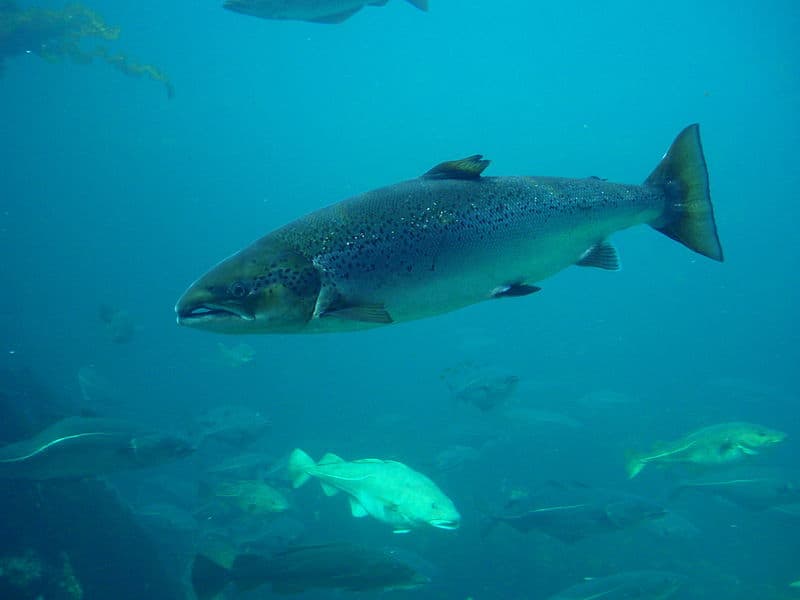Study: Farmed Salmon Threaten Wild Salmon
OutdoorHub Reporters 03.12.14

New research from the UK’s University of East Anglia has shown that farmed salmon, or salmon bred in captivity for human consumption, can damage wild populations by passing on negative genes. According to The Guardian, researchers say that while escaped captive salmon have less chances of reproducing, their eggs and sperm are just as potent as their wild counterparts.
“Around 95% of all salmon in existence are farmed, and domestication has made them very different to wild populations, each of which is locally adapted to its own river system,” said lead researcher Matt Gage, a professor at East Anglia.
He explained that farmed salmon grow faster and larger, but lack the cunning of their wild cousins when it comes to dealing with predators. Since these traits are hereditary, breeding between farmed and wild salmon could be detrimental to the stability of natural salmon populations. The consequences can be drastic and varied.
“Anglers and conservationists are worried they could disrupt locally-adapted traits like timing of return, adult body size and disease resistance,” Gage told the BBC.
One possible solution is sterilizing the captive salmon, but fish farmers reject the proposal as being too expensive. Salmon farmers also claim that the odds of a fish escaping are very low, despite previous studies finding extensive populations of previouly-captive salmon in the wild. The fish farming industry maintains that escaped salmon are of little concern.
“The survival rate of farmed salmon in the wild is virtually zero, said Scott Landsburgh, head of the Scottish Salmon Producers’ Organization. “There is no evidence that escaped fish have created any actual problems whatsoever for wild salmon.”
Sterilization does exist as an option for some species of farmed fish, such as rainbow trout.

